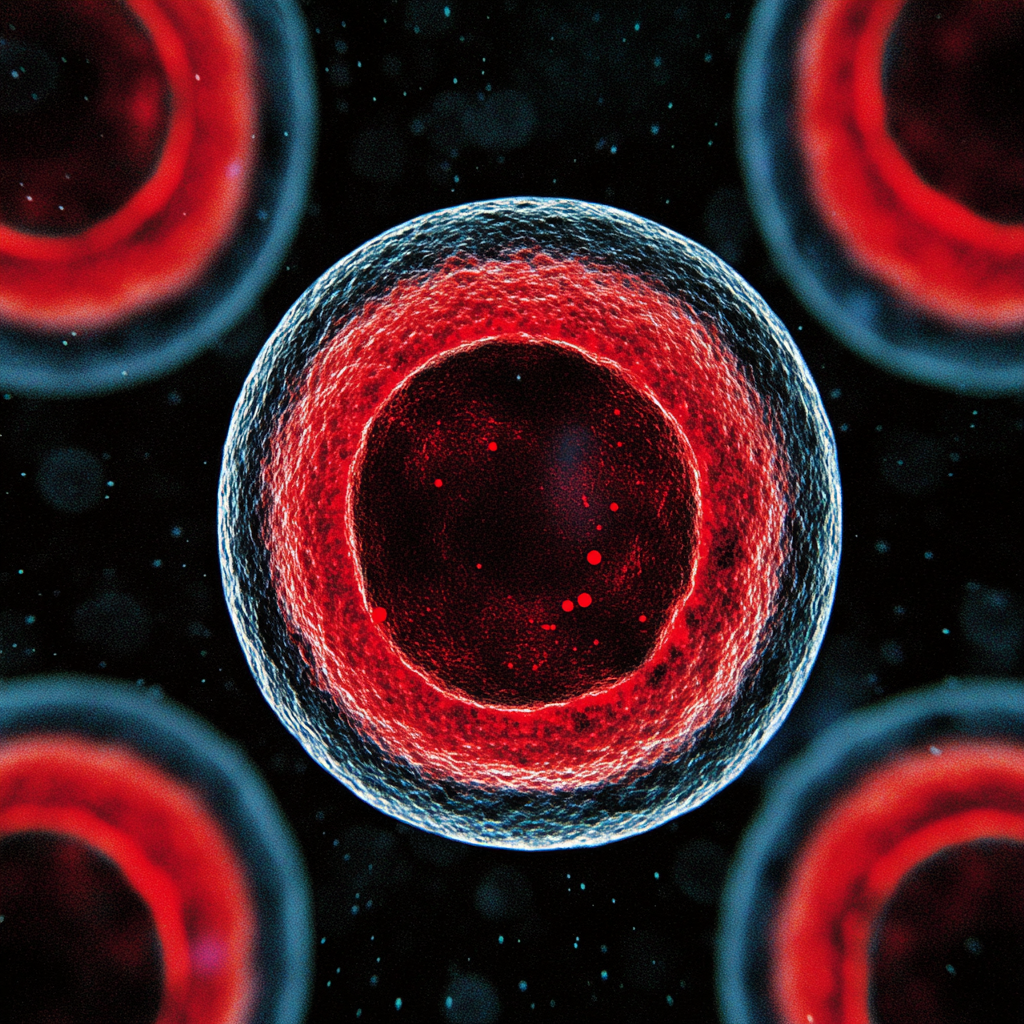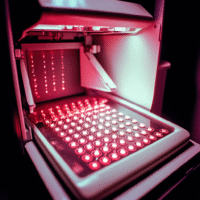Understanding the Trial Results
This study looked at how using a cooling spray can help reduce pain during a mammogram, which is an important test for checking for breast cancer.
What Worked?
- The cooling spray helped lower pain levels for women undergoing mammography, with an average pain score of 4.82 compared to 6.84 for those who did not receive the spray.
- More women in the cooling spray group said they would be willing to have another mammogram.
What Didn’t Work?
- The study did not find any significant differences in pain levels based on factors like age, marital status, or education.
How Does This Help Patients and Clinics?
- By using a cooling spray, clinics can make mammograms less painful, encouraging more women to participate in this important screening.
- This could lead to earlier detection of breast cancer, which can improve treatment success rates.
Real-World Opportunities
- Hospitals can start using cooling sprays during mammography to improve comfort for patients.
- Clinics can educate patients about the benefits of using cooling spray, potentially increasing screening rates.
Measurable Outcomes
- Track the average pain levels reported by patients during and after mammograms.
- Monitor the number of women who return for follow-up mammograms after using the cooling spray.
AI Tools
- Consider using AI systems to analyze patient feedback and pain scores to further improve the mammography experience.
- AI can help predict which patients may need additional support or alternative techniques during screenings.
Step-by-Step Plan
- Start by trialing the cooling spray in one mammography unit.
- Train staff on how to use the spray effectively and explain its benefits to patients.
- Collect and analyze patient feedback on their pain levels after using the spray.
- Expand the use of the cooling spray based on positive results and feedback.
For more details on this study, you can read the full research article here.






























